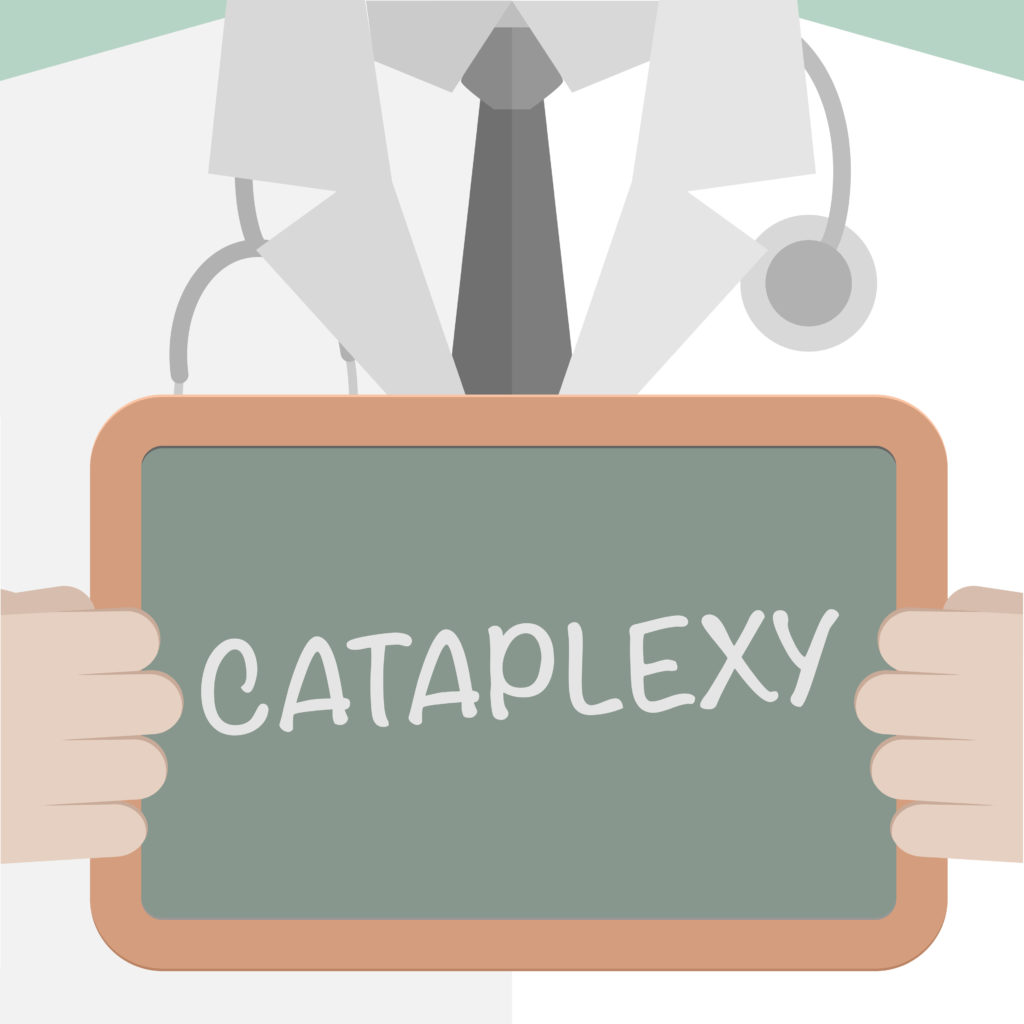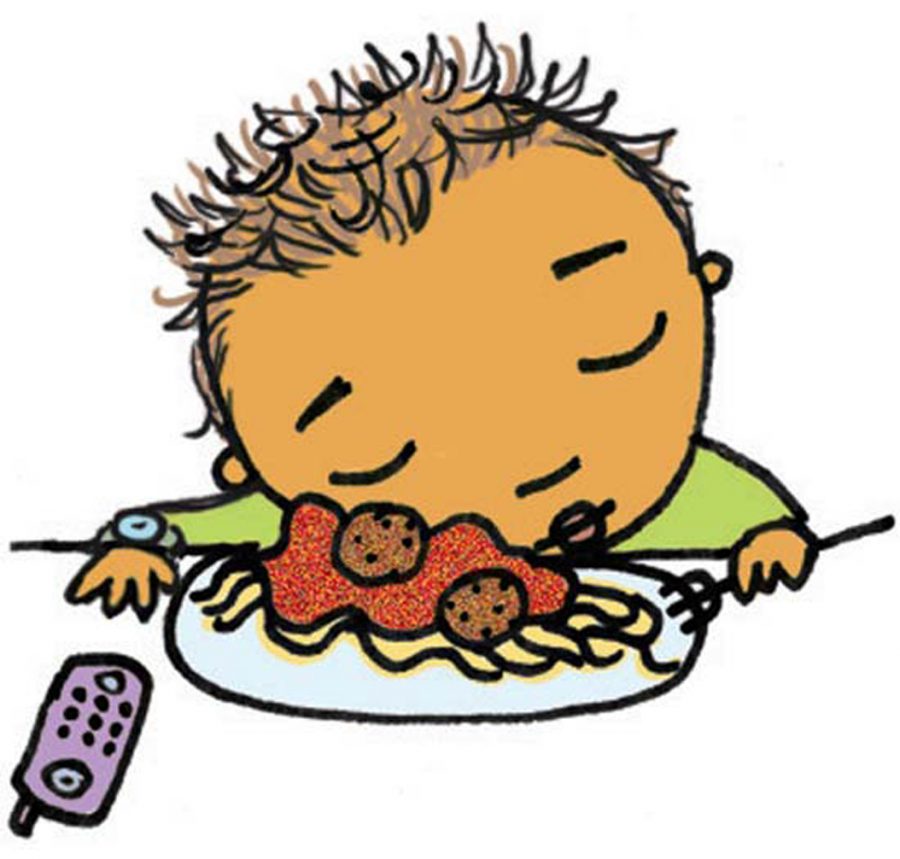

If there is an activity that appears to consistently bring about episodes, your veterinarian will attempt to simulate the activity so that an episode can be observed first-hand. If it is possible to visually record a narcoleptic or cataplectic attack, it will help you and your veterinarian in finding a pattern to the episodes, if there is a pattern. You will need to give a thorough history of your cat's health, the onset of symptoms, and possible incidents that might have precipitated this condition. Your veterinarian will perform a thorough physical exam on your cat, including a blood chemical profile, a complete blood count, a urinalysis, and an electrolyte panel to rule out any underlying diseases. Some of the suspected causes that are still being studied are disorders of the immune system, and disorders of the nerves. Generally, narcolepsy and cataplexy are categorized as idiopathic, since there has been no connection to an underlying cause. Episodes usually end when stimulated by petting, loud noises, etc.Eye movement, muscular twitching, and whimpering during episodes.Episodes last from several seconds up to 30 minutes.Rapid onset of episodes, with no apparent warning of imminent collapse.Some of the usual symptoms of narcolepsy and cataplexy are: The cat typically will come out of the episode in response to external stimuli, such as when it hears a loud sound or is petted.

During a cataplectic episode, the cat is aware and conscious of what is going on around it, its eyes remain open and under the cat's control, but it is otherwise paralyzed. Closed eye movement continues, as with the stage of REM sleep. It is just as if the cat has suddenly fallen into a deep sleep. During a narcoleptic episode, the affected cat will collapse onto its side or stomach, its muscles will slacken, and all physical movement briefly ceases. Cataplexy in particular is characterized by episodes that occur during moments of heightened emotion. Narcoleptic and cataplectic episodes can last from several seconds up to 30 minutes, and often will take place when the cat is eating, playing, excited, or is engaging in sexual activity. This is not a fatal disease, but it is one that requires attention and awareness. A physical exam will usually show normal physical and neurologic responses with no obvious abnormalities. Symptoms and TypesĪ cat that has either of these conditions will not always have any secondary or underlying conditions related to it. Individuals may be affected with one, or both of these disorders. Cataplexy is similar to narcolepsy in that the episodes are spontaneous, brief, and reversible. A cat that is affected by cataplexy will remain alert and capable of following movement with its eyes throughout the episode. Cataplexy is characterized by sudden muscle weakness and paralysis without loss of consciousness. The episodes are typically brief and go away by themselves. Narcolepsy is symptomized by excessive daytime sleepiness, lack of energy, and brief losses of consciousness.

Further understanding of the neurobiology of cataplexy and how it relates to hypocretin deficiency should improve our understanding of the brain’s emotional processing and provide insights into REM sleep and its control.Narcolepsy and cataplexy, disorders that affect the way an animal is able to physically operate, are rare but well studied disorders of the nervous system. Pitolisant is a new agent for treating the excessive daytime sleepiness of narcolepsy that also helps cataplexy control by increasing histamine concentrations in the hypothalamus. Sodium oxybate is probably the most effective drug for severe cataplexy, taken before overnight sleep and once through the night its precise mechanism of action remains obscure. Antidepressant drug therapy at relatively low doses is the traditional treatment these most likely work through inhibiting REM sleep, predominantly by increasing brain monoamine concentrations. Cataplexy can be the most disabling symptom of the narcolepsy syndrome, severely limiting normal activities of daily living. A defining and enigmatic aspect is that certain emotional stimuli usually trigger the episodes. The semiology of cataplexy differs between adults and children. Cataplexy reflects the dysregulation of rapid-eye-movement (REM) sleep, such that REM-sleep atonia intrudes inappropriately into wakefulness as brief episodes of either focal or total paralysis of voluntary muscle. Remarkably and almost invariably, the clinical phenomenon of cataplexy results from the loss of around 40 000 hypocretin-containing neurones in the lateral hypothalamus in the context of narcolepsy type 1.


 0 kommentar(er)
0 kommentar(er)
